Table of Content
- What is a High Rise Building?
- Importance of High Rise Buildings
- Benefits of High Rise Apartment Living
- Types of High Rise Buildings
- Sky-High & Smart High Rise Building Design
- Fire Safety Guidelines for High Rise Apartments
- Challenges of High Rise Living
- Financial Benefits of Investing in High Rise Buildings
- How High Rise Buildings are Going Green
- Future of High Rise Building Concepts
- Conclusion
High rise buildings have emerged as iconic symbols of contemporary urban living. Towering above the cityscape, these architectural marvels not only transform skylines but also provide highly efficient solutions to residential and commercial space challenges in densely populated areas. With rapid urbanisation and scarce land availability, high rise buildings offer both functional and aesthetic solutions to the growing demand for space. This comprehensive guide examines high rise living in detail covering design, benefits, sustainability, and essential safety considerations.
What is a High Rise Building?
A high rise building is technically defined as a tall structure, generally exceeding 12 stories, designed for residential, commercial, or mixed-use purposes. In most jurisdictions, any building above 75 feet is classified as a high-rise, with regulations mandating essential safety measures such as multiple elevators, advanced firefighting systems, and earthquake-resistant construction.
Key characteristics include:
- Use of elevators for efficient access to upper floors
- Emphasis on structural strength, safety, and compliance with building codes
- Optimal utilisation of limited urban land
- Architecturally striking designs that enhance city skylines
High-rise apartments are widely associated with modern luxury and convenience. They offer an economical alternative to independent homes while typically incurring lower maintenance costs compared to villas or standalone residences.
Also Read: 9 Small Space Stair Designs That Maximize Every Inch
Importance of High Rise Buildings
High-rise buildings are pivotal to modern urban development and strategic real estate planning.
Their significance can be summarised as:
- Optimal land utilisation: Maximises vertical space in crowded urban centres
- Enhanced lifestyle: Provides residents with privacy, security, and panoramic city views
- Sustainable urban development: Encourages compact, mixed-use communities, reducing traffic and congestion
- Economic value: Presents attractive investment opportunities for developers and homeowners
By integrating residential, commercial, and recreational spaces, high rise construction enables efficient urban living while optimising limited land resources.
Benefits of High Rise Apartment Living

High-rise apartment living offers a combination of comfort, convenience, and wellness-focused advantages:
1. Noise Reduction
- Elevated positions significantly reduce street-level noise
- Creates a tranquil environment conducive to work and relaxation
2. Panoramic City Views
- Uninterrupted vistas of the cityscape enhance aesthetic appeal
- Fosters a strong visual and emotional connection with the surrounding environment
3. Improved Air Quality and Ventilation
- Higher floors benefit from cleaner, fresher air
- Thoughtful architectural planning promotes optimal ventilation and indoor air quality
4. Enhanced Privacy
- Separation from street-level activity ensures increased privacy
- Gated communities and premium layouts further protect resident seclusion
5. Advanced Security Systems
- Equipped with CCTV surveillance, secure access controls, and trained personnel
- Comprehensive fire and safety protocols provide peace of mind
6. Rooftop Amenities and Community Engagement
- Rooftop gardens, lounges, and recreational areas encourage social interaction
- Creates opportunities for community bonding while enjoying scenic vistas
Types of High Rise Buildings
.jpg)
When designing a high rise commercial or residential building, a well-structured master plan is essential. Such planning must consider critical factors including structural loads, building function, and adherence to city regulations. Selecting the appropriate structural system is crucial to ensure stability, efficiency, and safety.
Below are some commonly adopted high-rise building design systems:
1. Braced Frame Tower Design
The braced frame tower system employs cantilevered vertical trusses that effectively resist lateral forces such as wind and seismic loads. These trusses integrate with girders to form a trussed web, while the columns act as primary load-bearing chords. This configuration enhances overall stiffness and provides efficient load distribution throughout the building.
2. Rigid Frame Construction
In rigid frame construction, beams and columns are engineered to resist bending moments generated by applied loads. The structural rigidity is determined by the moment-resisting capacity of the column-beam connections and the in-plane stiffness of the frame. This system is widely used in high-rise buildings where strength and flexibility under lateral loads are critical.
3. Wall-Frame System
The wall-frame system combines vertical load-bearing walls with horizontal framing elements to create a highly rigid structure. By intersecting walls and frames, this design provides enhanced lateral and vertical stability, making it particularly suitable for buildings between 40 and 60 stories.
4. Infilled Frame Structural System
This system consists of a skeletal frame of beams and columns, with selected bays infilled using reinforced concrete, masonry, or block walls. The infill improves structural stiffness and lateral load resistance, making this system ideal for towers up to 30 stories in height.
5. Tube Structural System
The tube structural system features a perimeter of closely spaced columns and beams forming a rigid exterior frame, while the interior primarily supports gravity loads. Functioning as a hollow tube, this system provides exceptional lateral resistance and is often employed in super-tall towers to maximise both structural efficiency and usable floor space.
Also Read: Top 10 Stylish Balcony Grill Designs for Modern Apartments
Sky-High & Smart High Rise Building Design
Modern high rise building architecture represents a synthesis of engineering excellence, aesthetic elegance, and sustainability.
Notable design features in 2025 include:
- Rainwater harvesting systems: Conserves water and reduces dependency on municipal supply
- Solar panels and energy-efficient insulation: Minimises electricity consumption and ensures sustainable energy use
- Vertical gardens and sky terraces: Enhance air quality, reduce urban heat, and integrate greenery into dense cityscapes
- Smart home systems: Automates lighting, climate control, and energy management for efficiency
- Earthquake-resistant materials: Ensures resilience in seismically sensitive regions
These innovations collectively enhance safety, functionality, and the visual appeal of high-rise buildings.
Fire Safety Guidelines for High Rise Apartments

Given their height and occupancy density, fire safety is a critical consideration for high-rise apartments.
Essential measures include:
- Smoke detectors and interconnected alarms throughout all units
- Automatic sprinkler systems and fire extinguishers on each floor
- Fire-resistant walls, doors, and stairwells to contain hazards
- Clearly marked and unobstructed emergency exits
- Regular fire drills and resident education programs
- Smoke control systems and fire department access for efficient evacuation
- Routine inspections of electrical and gas installations
- Compliance with local fire codes and the National Building Code (NBC)
Adherence to these safety protocols ensures resident protection and efficient emergency response.
Challenges of High Rise Living
Despite numerous advantages, high-rise living comes with certain challenges:
- Higher maintenance costs and association fees
- Potential noise from neighbouring units or surrounding traffic
- Limited outdoor space relative to standalone homes
- Complex evacuation procedures during emergencies
- Dependence on elevators, which may be inconvenient during power outages
Awareness of these factors enables residents to make informed choices when selecting high-rise apartments.
Financial Benefits of Investing in High Rise Buildings
High-rise construction presents compelling financial advantages:
- Maximised land utilisation: Multiple units on limited plots increase revenue potential
- Property appreciation: Prime locations and modern amenities drive value growth
- Rental income: Provides stable returns from long-term lease
- Tax benefits: Depreciation and other incentives offer fiscal advantages
- Portfolio diversification: Residential and commercial high-rises enhance investment strategies
Investing in high-rise properties within urban centres is a strategic approach to long-term wealth creation.
How High Rise Buildings are Going Green
Sustainability has become integral to modern high-rise architecture. Developers are increasingly adopting eco-friendly practices:
- Energy-efficient lighting and HVAC systems reduce operational costs
- Rainwater harvesting and water recycling conserve vital resources
- Green rooftops and vertical gardens enhance biodiversity and air quality
- LEED-certified construction ensures adherence to international sustainability standards
- Smart waste management systems minimise environmental impact
These initiatives support environmentally responsible living while reducing operational costs and improving resident health.
Also Read: Top 11 Normal House Front Elevation Designs for Stunning Exteriors
Future of High Rise Building Concepts
The future of high-rise buildings revolves around innovation, vertical expansion, and intelligent urban planning:
- Vertical cities: Multi-functional towers integrating residential, commercial, educational, and recreational spaces
- Mega tall structures: Engineering breakthroughs to accommodate growing populations
- Advanced construction materials and techniques: Enhance safety, durability, and aesthetics
- Sustainability integration: Prioritises renewable energy, green infrastructure, and eco-conscious design
As cities grow vertically, high-rise buildings will continue to shape urban landscapes, redefining modern living, working, and social interaction.
Conclusion
High rise buildings represent more than architectural feats, they embody lifestyle aspirations, strategic investments, and sustainable urban development. With benefits ranging from scenic views and fresh air to enhanced security and community amenities, high-rise apartments exemplify modern urban living. As sustainability increasingly guides design, green high-rise buildings are setting new benchmarks for the future of architecture and city planning. For anyone considering urban residency or investment, a thorough understanding of high-rise construction, design, and advantages is essential for making informed and forward-looking decisions.

_1757419627.webp)
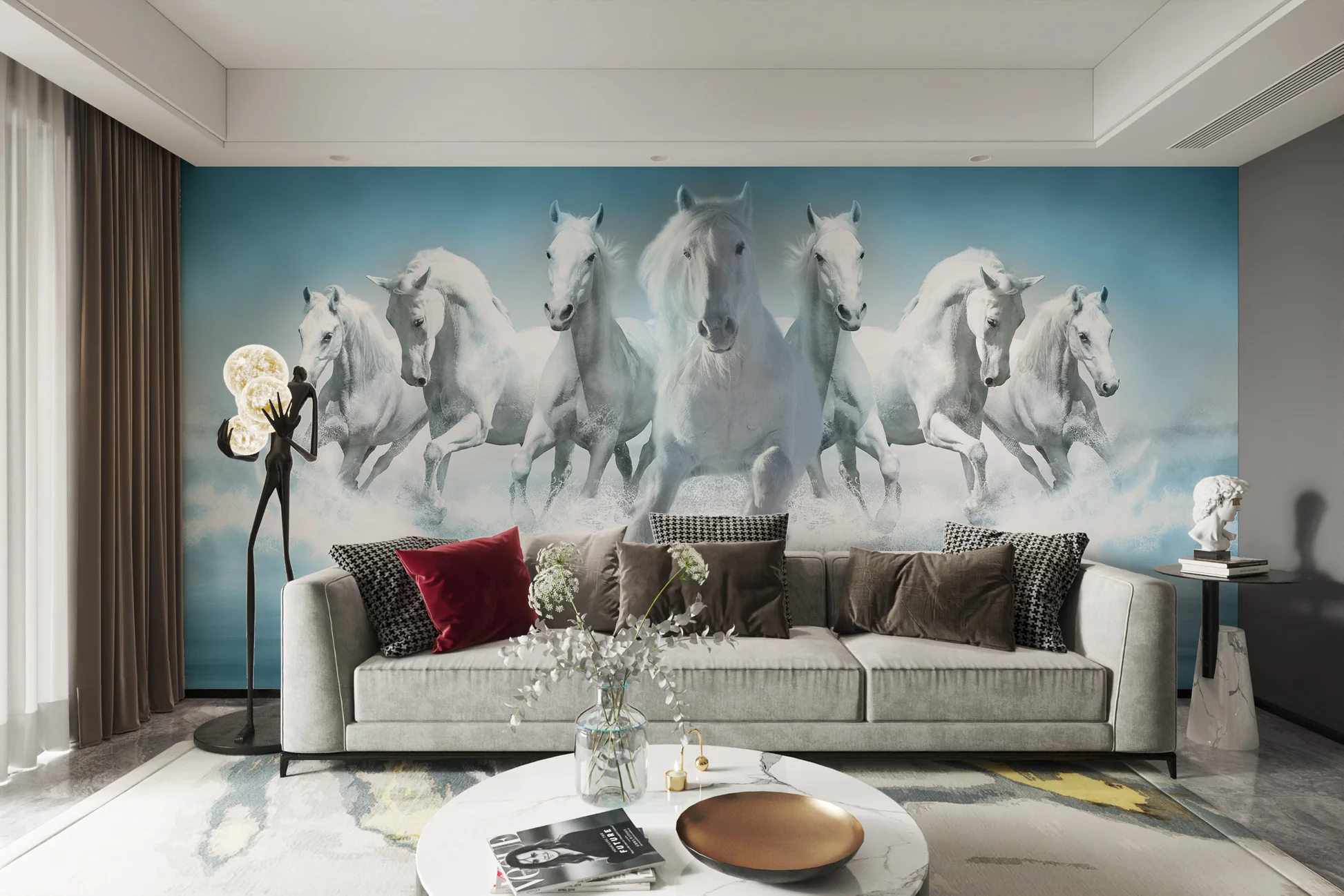
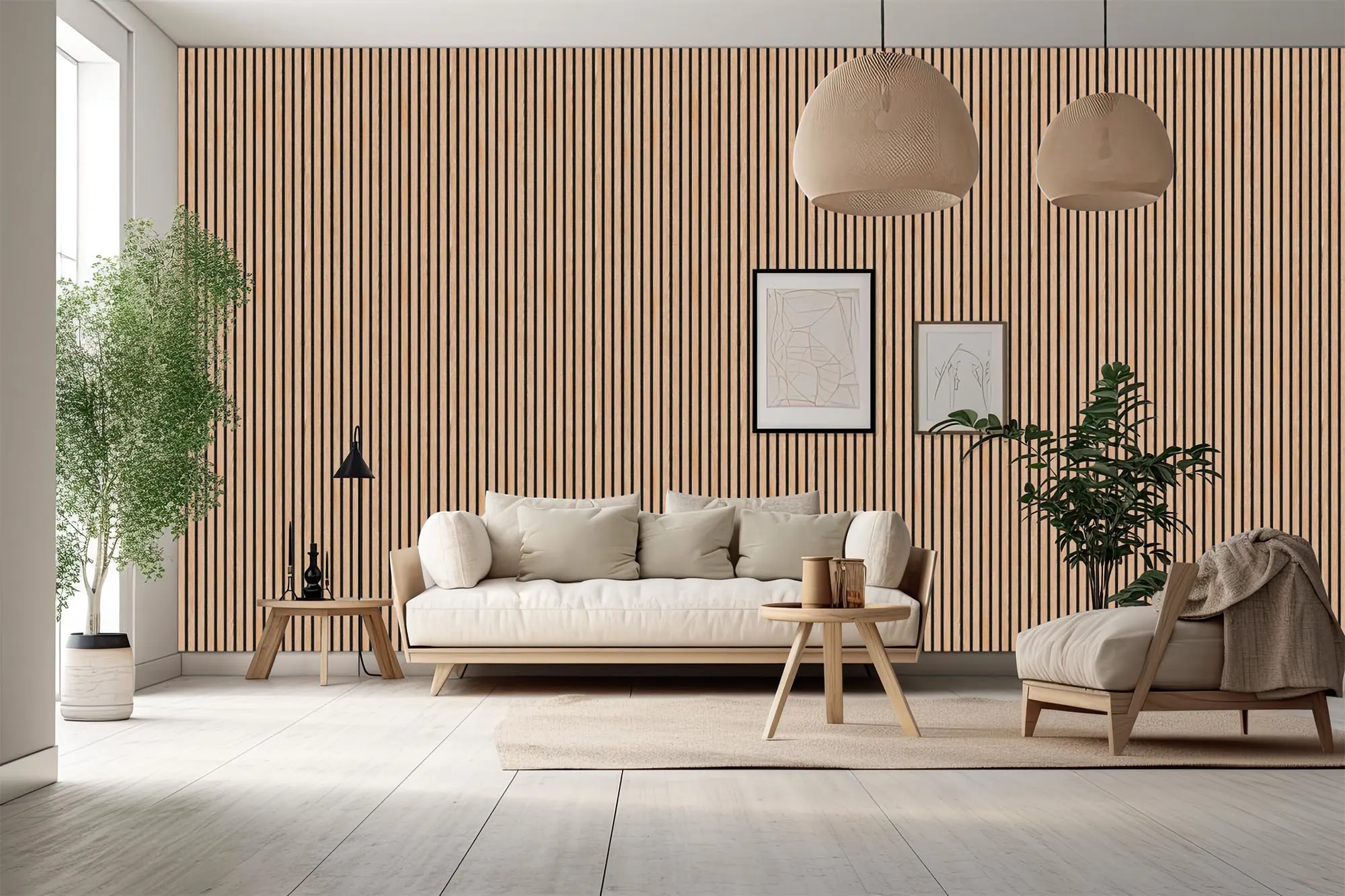
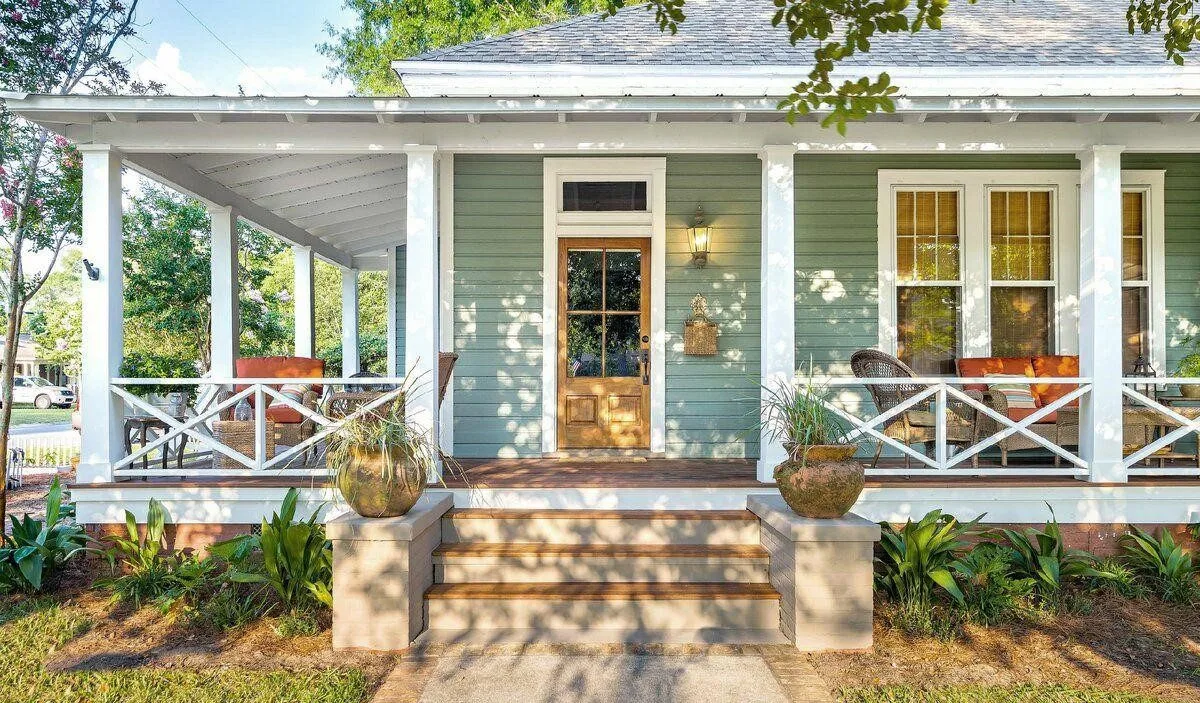
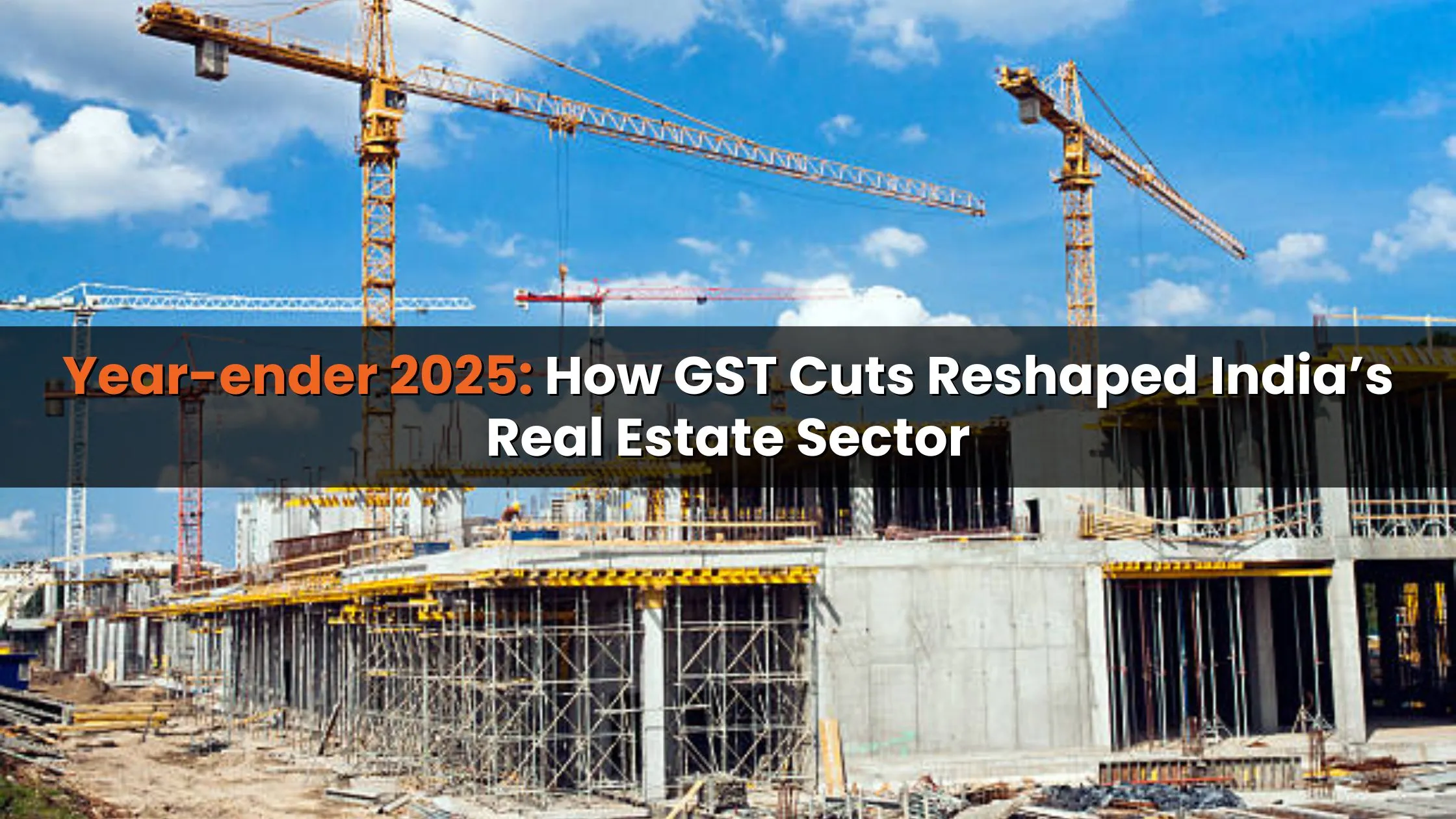

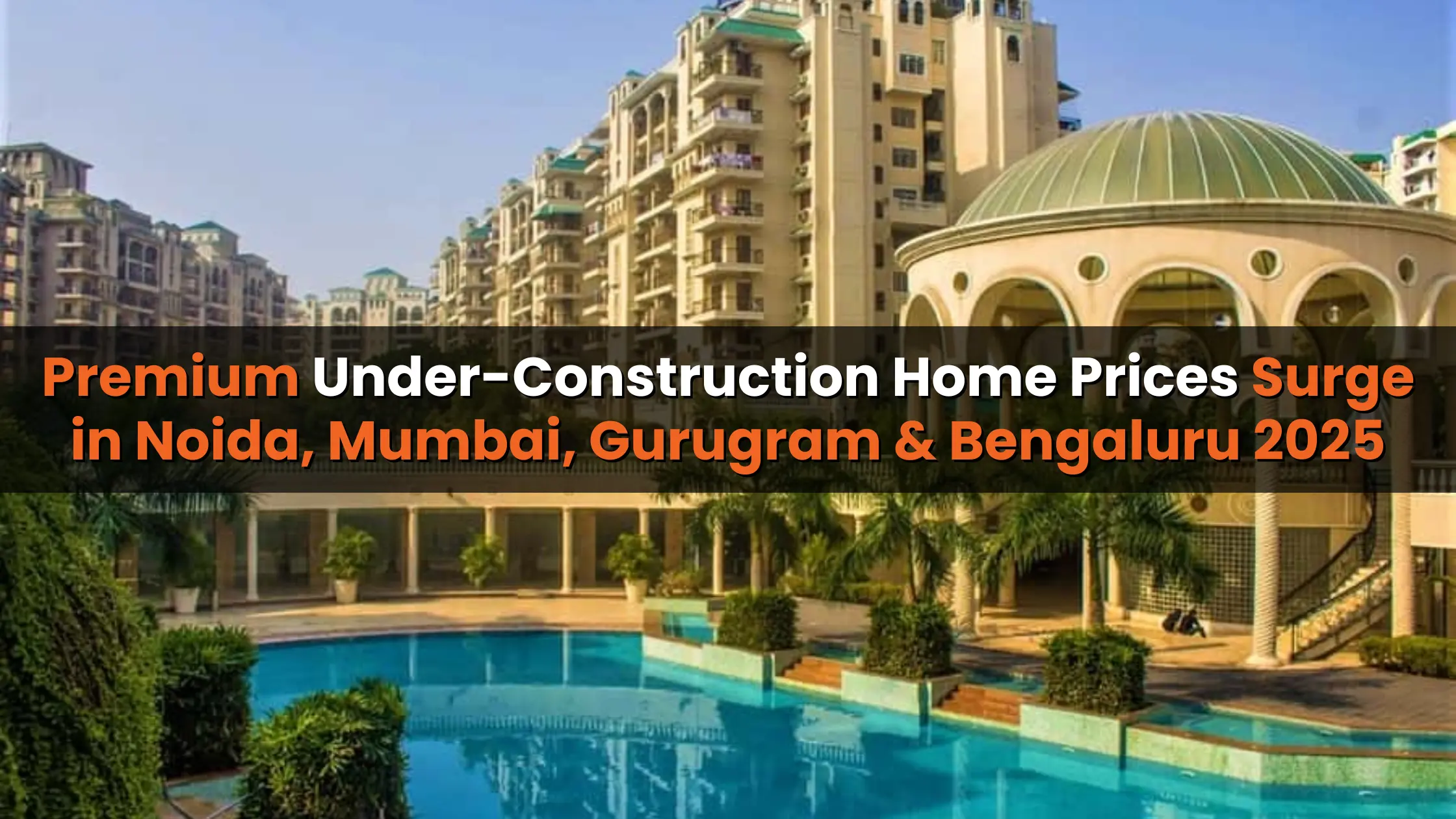


Ans 1. Generally, a high rise building is defined as a building taller than 75 feet or with more than seven stories.
Ans 2. Steel and reinforced concrete are the most common structural materials, chosen for their strength and durability.
Ans 3. Challenges include wind loads, fire safety, elevator systems, and efficient use of space, all requiring specialized engineering solutions.
Ans 4. Modern high rise designs often incorporate sustainable features like energy-efficient windows, green roofs, and rainwater harvesting systems to minimize their environmental impact.
Ans 5. Fire safety is a primary concern, with buildings requiring advanced sprinkler systems, fire-resistant materials, and well-marked evacuation routes. Emergency preparedness is key.
Ans 6. The common types include residential high-rise apartments, commercial towers, mixed-use developments, hotel high-rises, and sustainable green skyscrapers.
Ans 7. Key benefits include scenic city views, improved ventilation, enhanced privacy, advanced security systems, and access to rooftop amenities and community spaces.
Ans 8. Green high-rises incorporate solar panels, rainwater harvesting, vertical gardens, and LEED-certified materials to promote eco-friendly urban living.